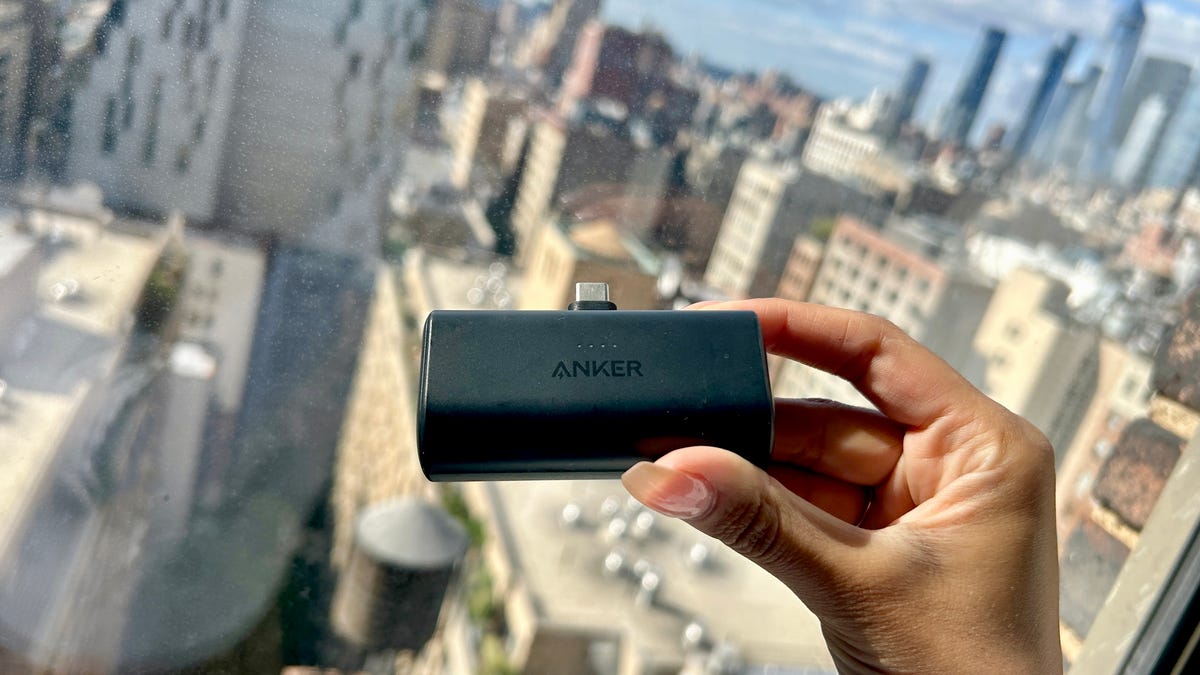BOOK THIS SPACE FOR AD
ARTICLE ADElectronics major Samsung India is targeting to sell Galaxy M-series smartphones worth $1 billion (roughly Rs. 8,000 crore) this year, a senior company official said on Thursday. Samsung India senior director and head of product marketing Aditya Babbar told PTI that the first half of the year has been very good for the company, with over 20 percent year-on-year growth in value terms. He was speaking on the sidelines of the company's launch of two new M-series smartphones - Galaxy M13 and Galaxy M13 5G.
"We have 42 million happy M-Series consumers since 2019. We have very aggressive plans for the year. We have set ourselves a target of $1 billion (roughly Rs. 8,000 crore) this year coming from the M series," Babbar said.
The M13 5G is available in a 4GB + 64GB storage model priced at Rs. 13,999, while the 6GB + 128GB model costs Rs. 15,999.
The external storage in the M13 series smartphones can be extended up to 1TB. The company has priced the two variants of Galaxy M13 at Rs 11,999 and Rs 13,999.
Samsung's overall value market share between January to May 2022 grew to 22.6 percent from 20 percent recorded in the same period a year ago, according to Counterpoint Research.
Samsung market share for smartphones priced in the range of Rs. 10,000 to Rs. 40,000 per unit has reached 26.9 percent from 21.4 percent during the year-ago period, as per Counterpoint.
Meanwhile, a report by research firm Gartner last month stated that China's slowing economy and an inflation-driven drop in consumer spending are expected to drag down global shipments of computers and smartphones this year.
Shipments to China - the world's biggest smartphone market - are expected to shrink by 18 percent as demand takes a beating from strict COVID-19 curbs that halted activity in key economic hubs including Shanghai, according to Gartner.
The research firm expects a 7 percent drop in worldwide smartphone shipments, also reflecting the expected toll of supply chain snarls and the Russia-Ukraine conflict on demand.
.png)
 2 years ago
81
2 years ago
81 













 Bengali (Bangladesh) ·
Bengali (Bangladesh) ·  English (United States) ·
English (United States) ·